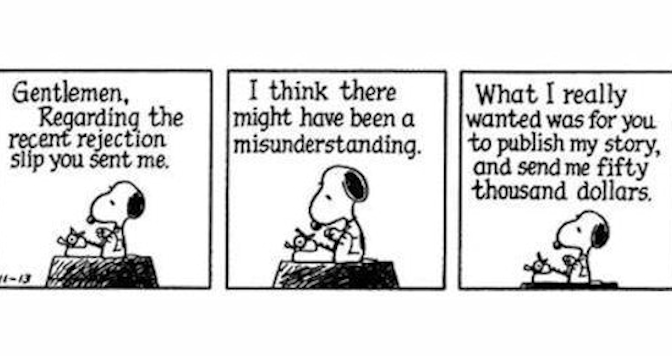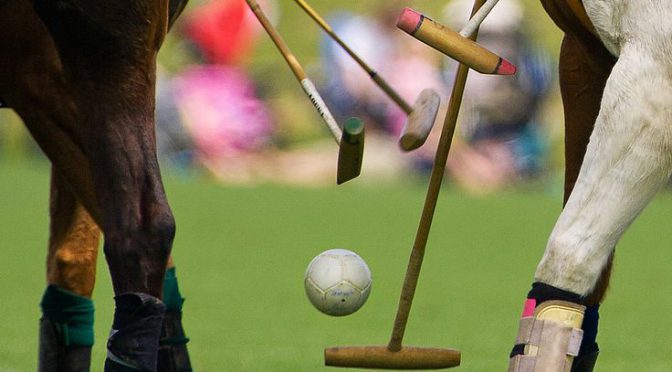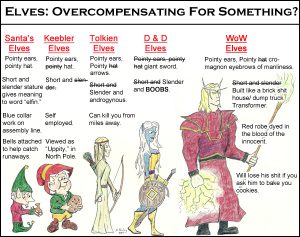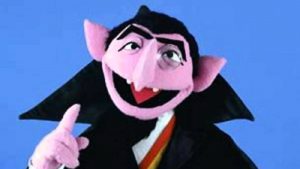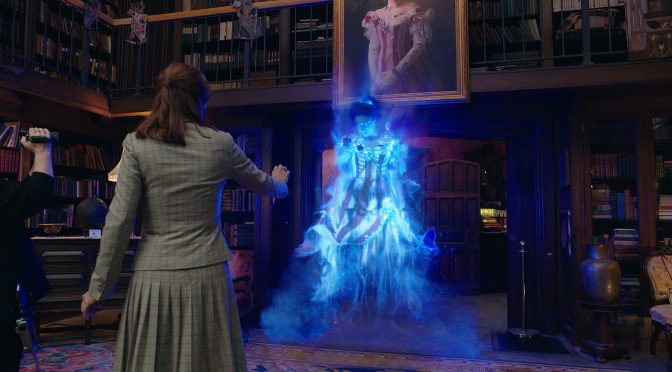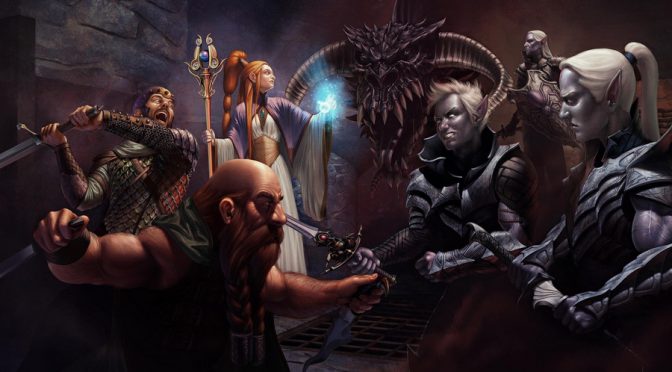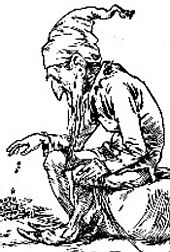One of the interesting aspects of being a writer online is that you get to see a lot of other writers from all walks of life and philosophies. There are a lot of successful writers that everyone follows, of course, but beneath the big names you have a wide variety of people who have seen every level of success and have taken just as many roads to get there. And these people network a lot: having conversations and following each other on social media all the time. So one of the things you can really see if you follow enough people is how the writer community divides across certain lines. One of the lines I’ve noticed is pretty clear between three big schools of thought is just how likely your work is ever going to succeed.
The first school of thought you’ll find without much effort is the group that wants to cheer each other on. Being in a creative industry isn’t easy and a lot of people get discouraged, so there are people who will constantly be doing what they can to let you know you’re not alone. The second group, not pessimistic, will focus more on the grind of it all. These people will tell you can make it, but it’s uphill battle, it’s going to be exhausting, and you’re going to need a plan. Meanwhile, the third group is the one that says it’s basically pointless to try unless you get damn lucky or you’re supremely talented. And, of course, the people in the third group tend to think they’re among the chosen – even if the numbers don’t bear it out yet.
The third group is just a fact of life. I have a friend of mine who does script coverage who has had to deal with quite a few of them already in her young career. But one of the things I’ve noticed trending among several of these people lately is the idea that self-published authors were just too immature to follow the traditional publishing route. In their eyes, clearly, if your work was worthwhile then you would have gone to the publishers instead of trying to do it on your own. Either you weren’t confident enough in the work, were too arrogant to accept edits, or just weren’t patient enough to let the system do its work. According to this meme floating around, traditionally published works are better than self-published works by default. And at first I was just going to brush it off as their standard MO and not comment on it, but then a thought occurred to me:
Shitty books get published the traditional way all the time… Continue reading Patience


